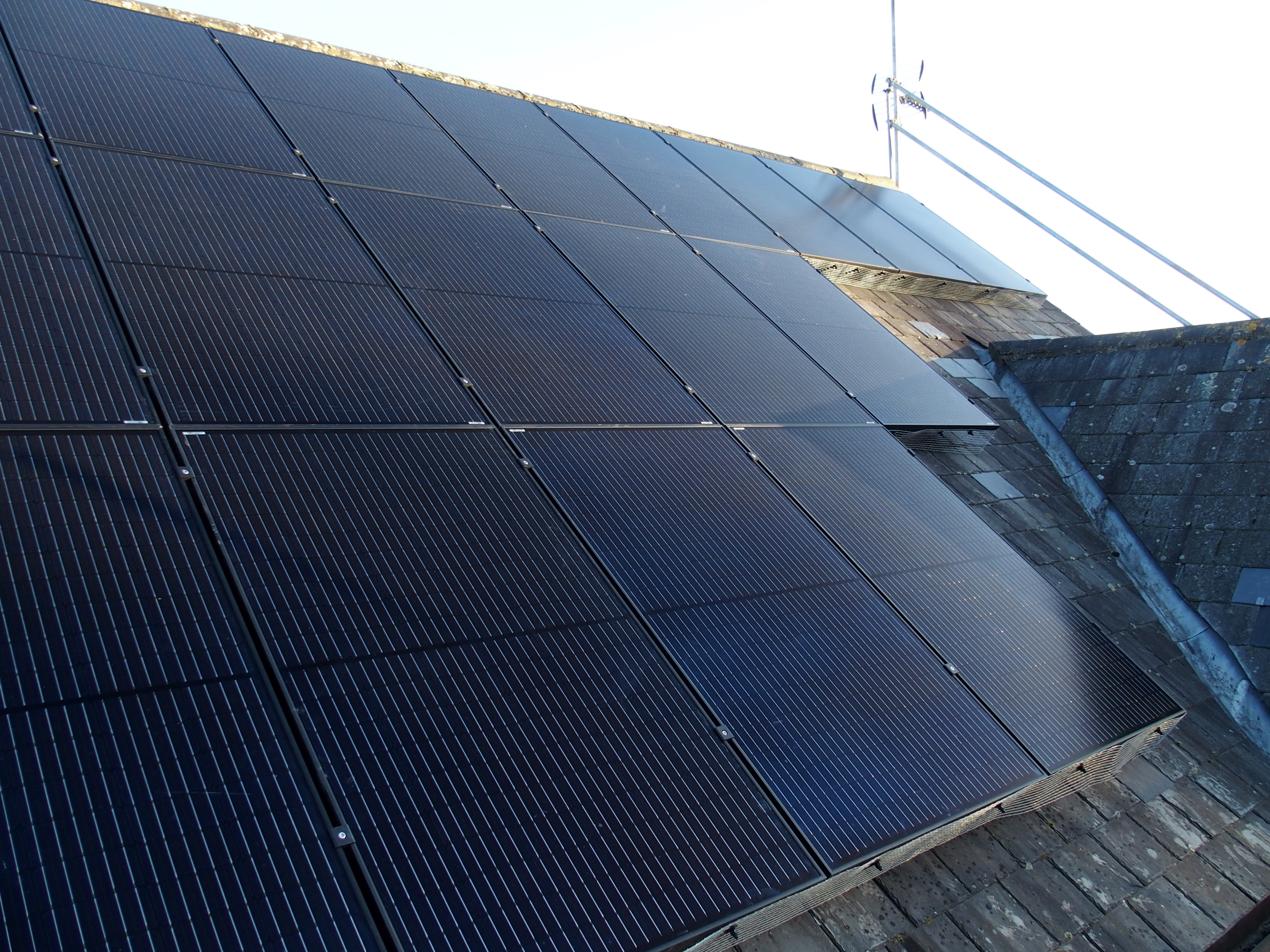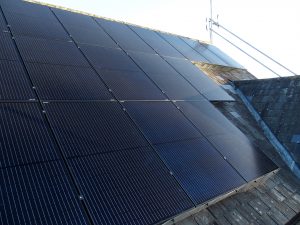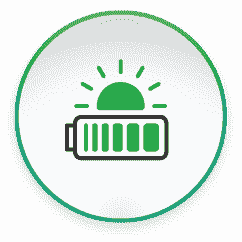Previously the idea was to sell electricity back to the grid, now the object is to power all of a households needs
When solar panels were first sold in large numbers and heavily subsidised by the UK government using feed-in tariffs, which paid householders generously for every kilowatt they produced, prospective installers were obliged to tell customers how much electricity they were expected to generate each month, based on the average hours of sunshine. This was a guide to how many years it would take to recoup their investment in the expensive pioneering system.
We got our panels installed in July 2010, and I began keeping a close record of their output. Fourteen years later, the average amount of electricity produced each month has exceeded original estimates, usually by a considerable margin. Our original outlay has been more than repaid.
At the time of writing, the rain is pouring and the amount of electricity being generated is at a record low for the month. In fact, the figures for the year so far are well below average.
Fortunately, that does not seem to have put people off. The economics have changed, however. Now the object is not to make money by exporting electricity to the grid but to save it by using it to power all of a households needs, especially with batteries and electric cars being integrated into the system. Solar now competes with any other technology, even this wet, British summer.
Read more: TheGuardian






